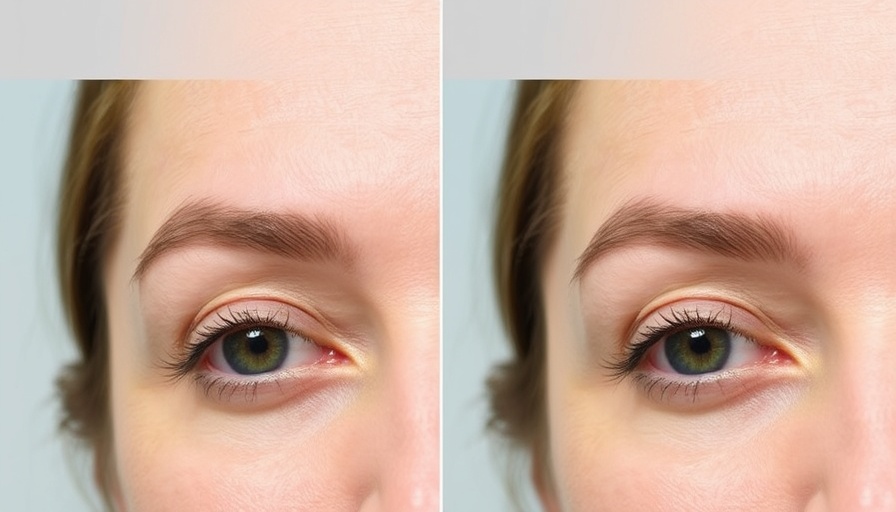
Understanding DHT Resistant Hair: What Does It Mean?
First, let’s clarify what we mean by DHT resistant hair. DHT, or dihydrotestosterone, is a hormone that can cause hair follicles to shrink, leading to hair loss. Hair that is described as DHT resistant does not react to this hormone and, therefore, doesn’t fall out due to its effects. It’s crucial to know this when considering hair transplant options, as the type of hair you have can significantly influence your outcome.
In 'Can DHT Resistant Hair Become DHT Sensitive?', the video explores critical concepts surrounding hair transplants and the implications of DHT sensitivity, prompting us to delve deeper into these important topics.
The Complexities of FUEE Hair Transplants
Follicular Unit Extraction (FUEE) is a modern hair transplant technique where hair follicles are taken from various parts of the head. However, the broader area from which these follicles can be harvested might contain hair that is not necessarily DHT resistant. This variability raises important questions about the long-term success of hair transplants. When hair is moved to a different area of the scalp, if those specific follicles are genetically programmed to thin out or fall, they may still do so, despite appearing healthy during the transplant.
Importance of Medical Therapy
You might be wondering what you can do to enhance your chances of success after a hair transplant. This is where medical therapies come into play. Medications that block DHT can help preserve any existing DHT sensitive hair around the transplant site, prolonging the life of your new hair follicles. Medical therapy could mean the difference between a thriving hairline and a disappointing outcome.
What to Expect Post-Transplant
Many clients ask, “Will my new hair last?” It’s completely normal to have concerns. After an FUEE procedure, it’s important to monitor not just your hair growth, but also the health of your scalp as a whole. It’s essential to follow your post-operative care instructions diligently, attend follow-up appointments, and communicate any concerns with your medical team. By doing so, you set yourself up for long-term success.
Long-Term Maintenance: A Journey, Not a Sprint
Hair health and maintenance is often a long-term commitment. Many people might feel discouraged when they don’t see results immediately, so it’s important to manage expectations. It may take up to a year to see full results from a hair transplant. Nevertheless, remember that every step you are taking is a part of your journey. Stay positive, follow your regimen, and the results can be well worth the wait.
Feedback from Real Patients
It’s always helpful to hear from others who have walked a similar path. Many individuals embrace their hair restoration journey, sharing triumphs and lessons learned along the way. These testimonials can be encouraging and often provide useful insight into what lies ahead. Remember, you are not alone in this journey.
Taking the Next Step
If you are considering a Hair transplant, it’s crucial to have all your questions answered and be fully informed. Talk to professionals about your options, potential outcomes, and the necessary medical treatments you might require. Being educated can help you feel empowered about your decisions.
Hair restoration can open up a world of possibilities for self-confidence and personal transformation. If you’re ready to take the plunge, seek professional guidance and start on your hair restoration journey today!
 Add Row
Add Row  Add
Add 

 Add Row
Add Row  Add Element
Add Element 




Write A Comment